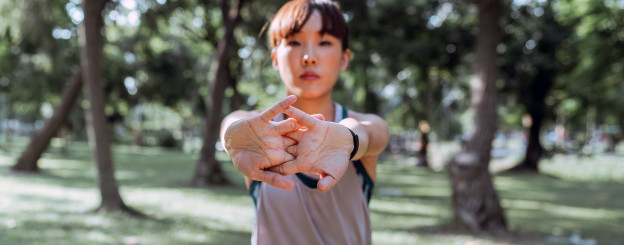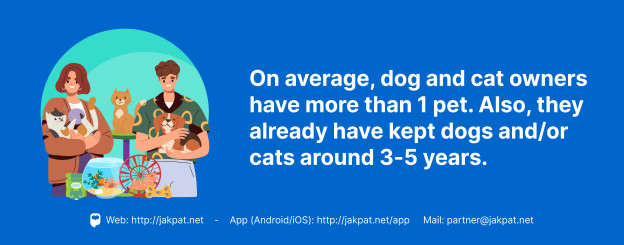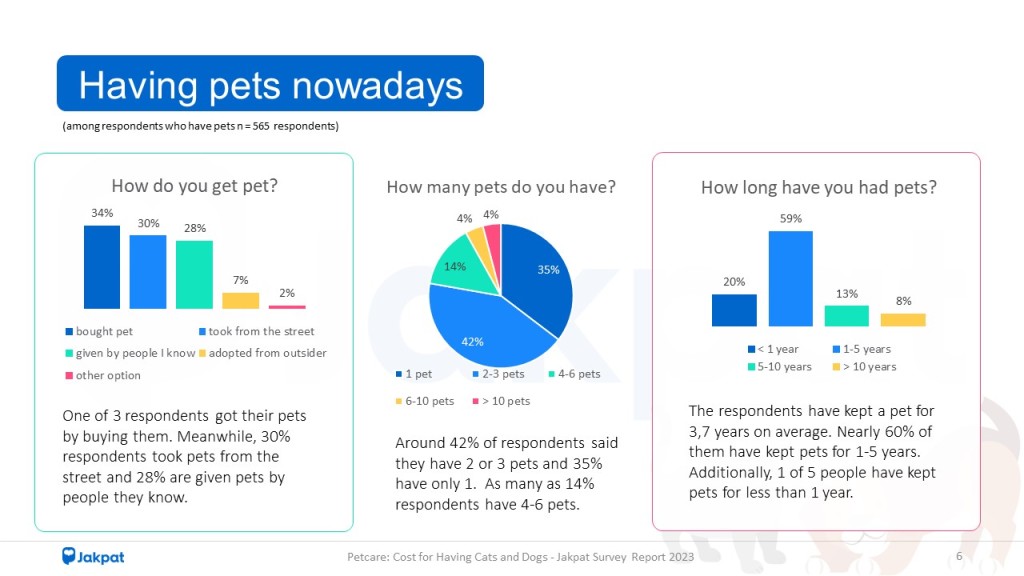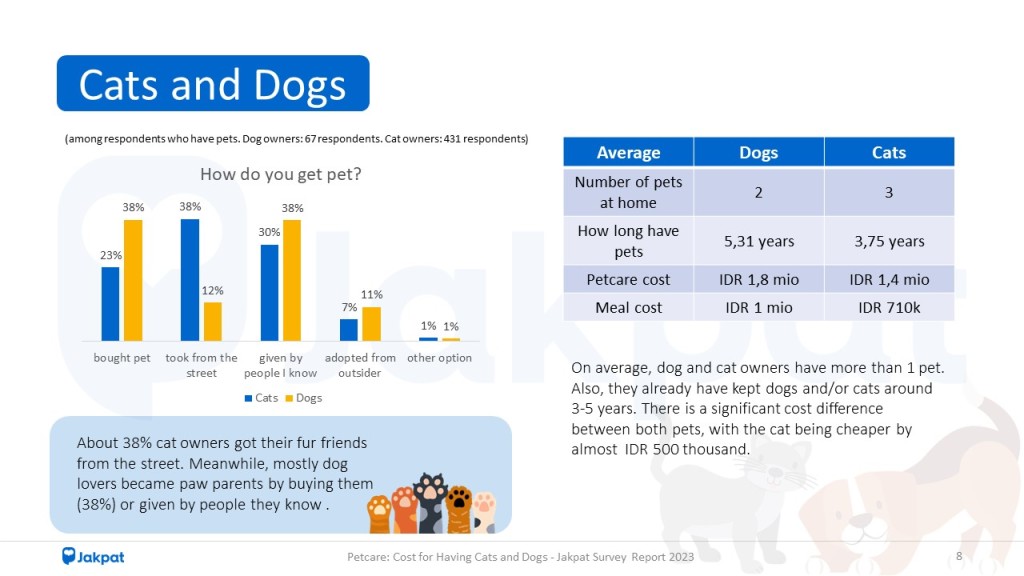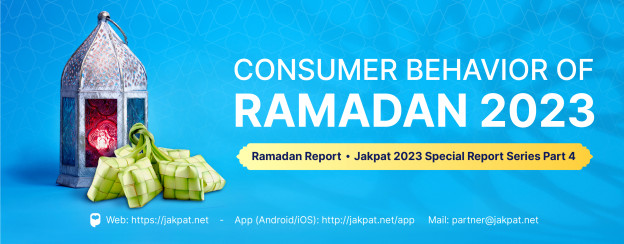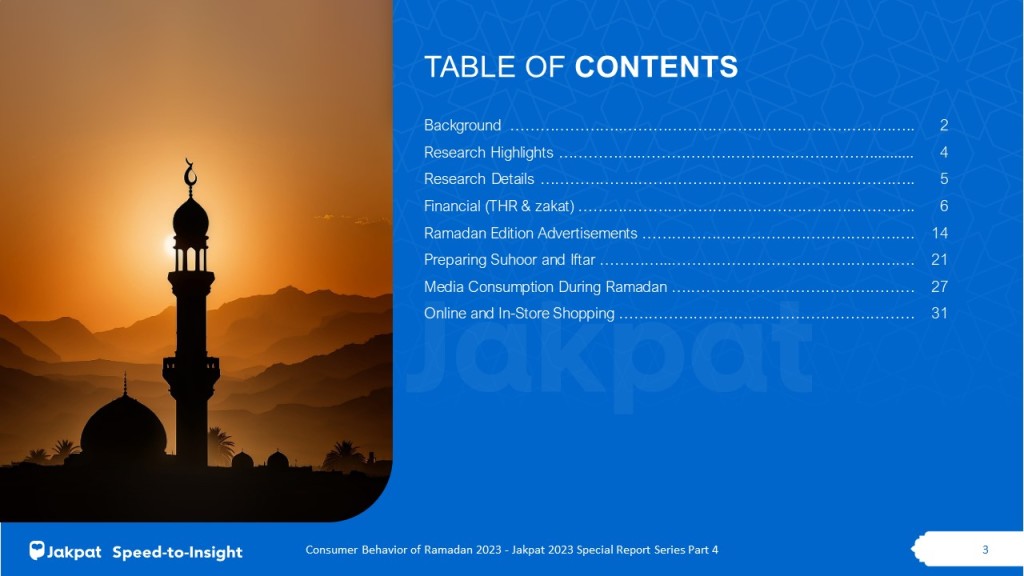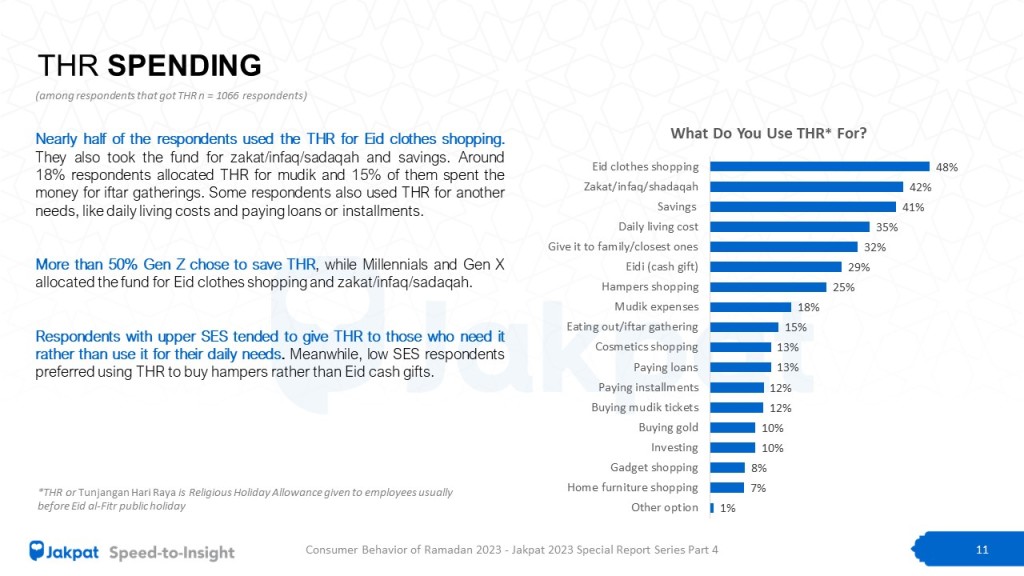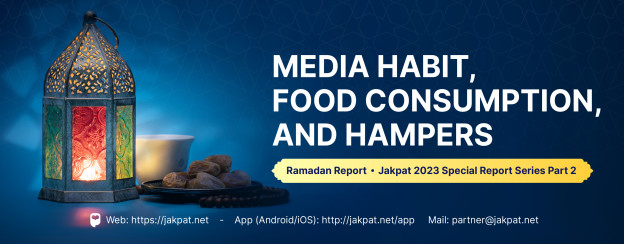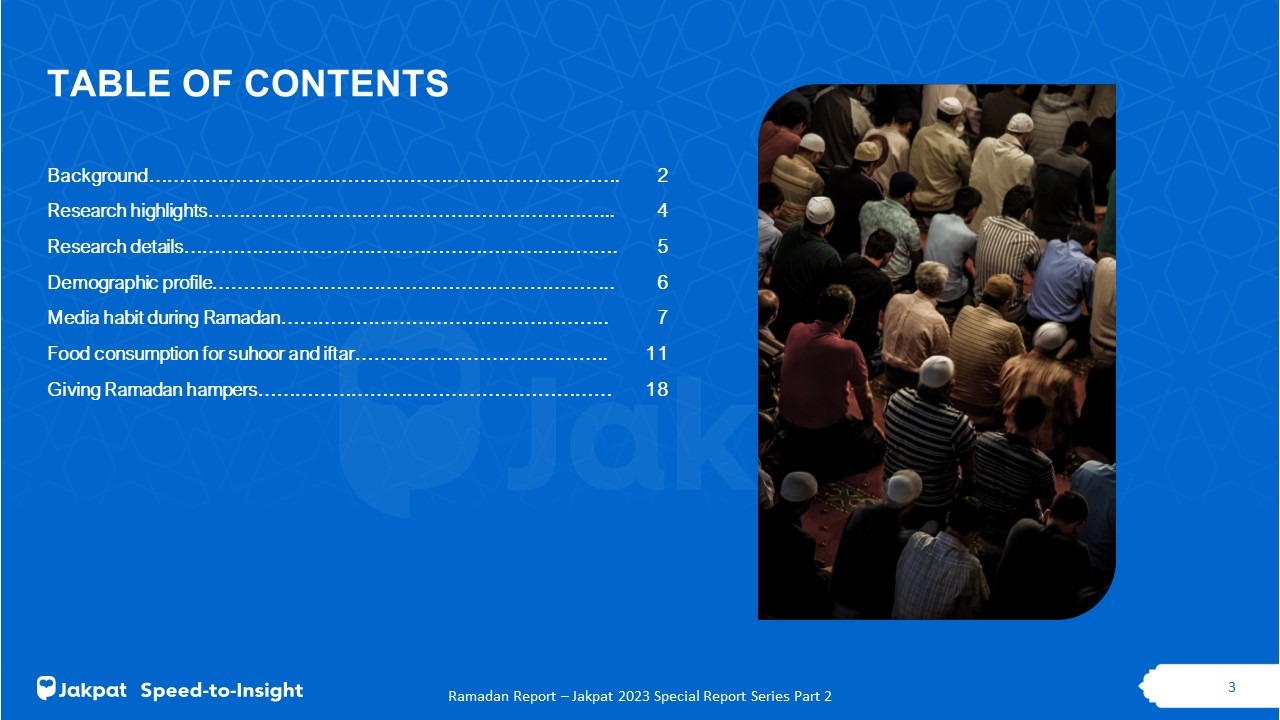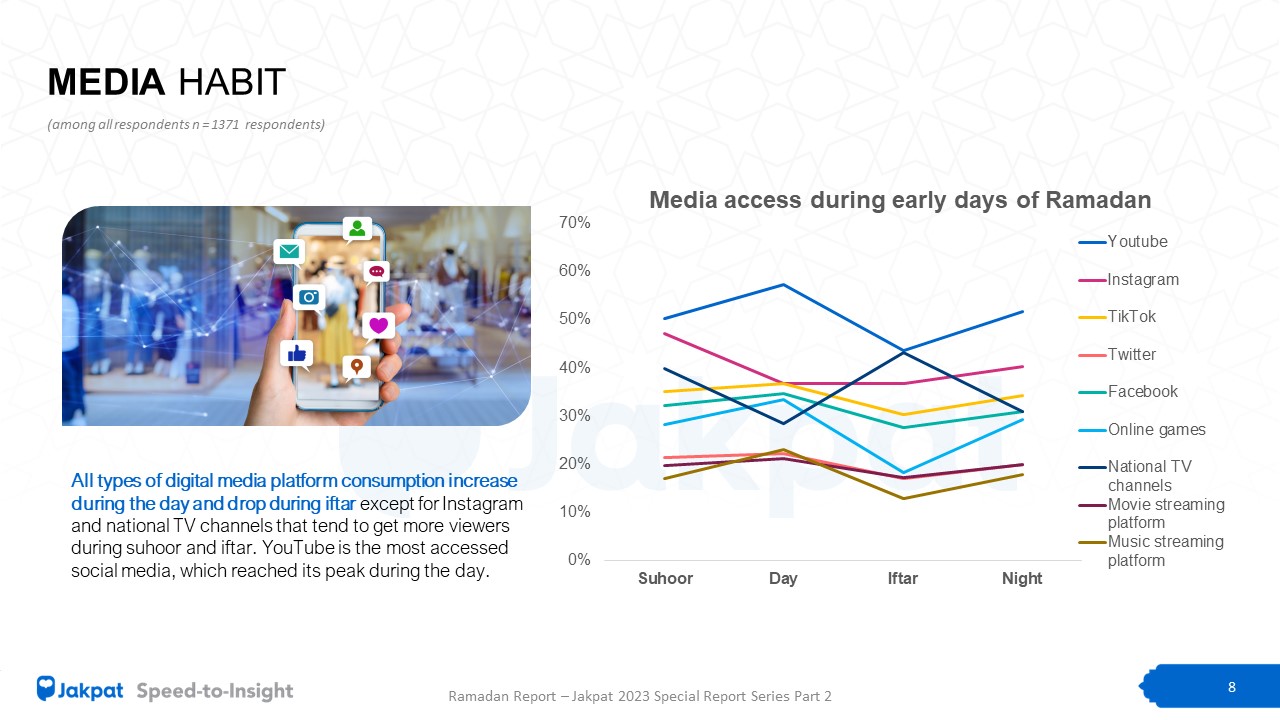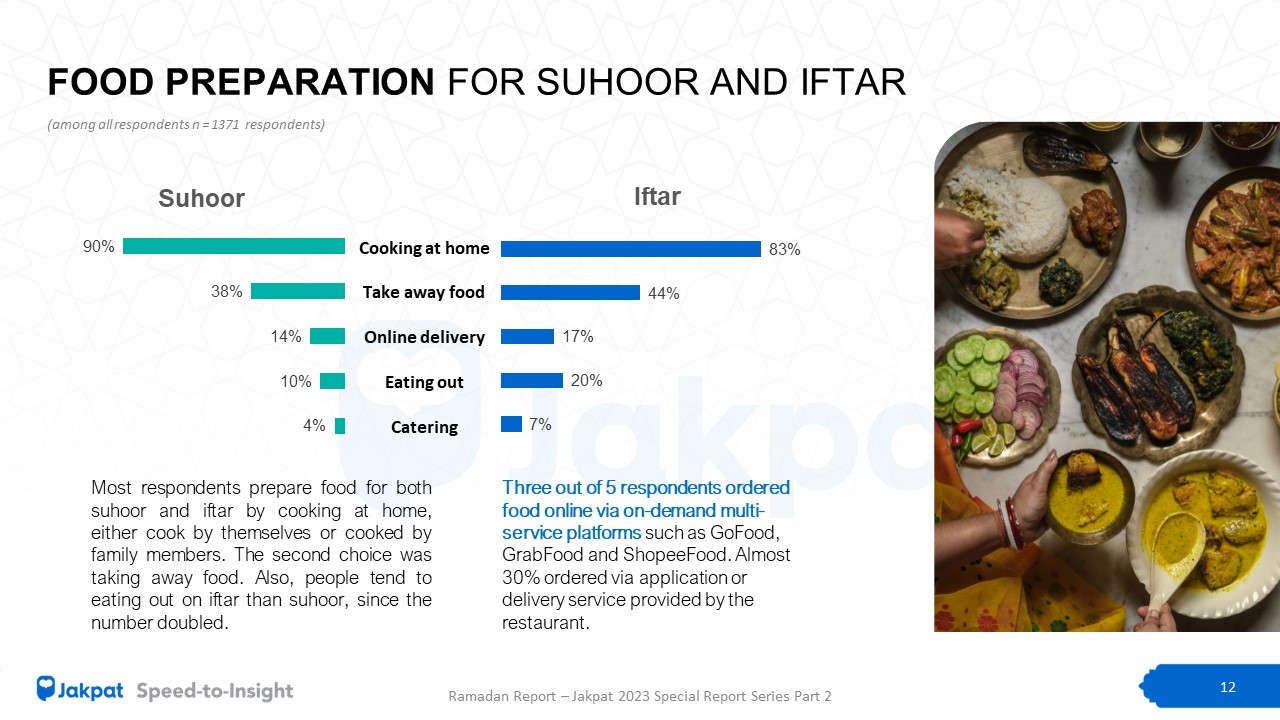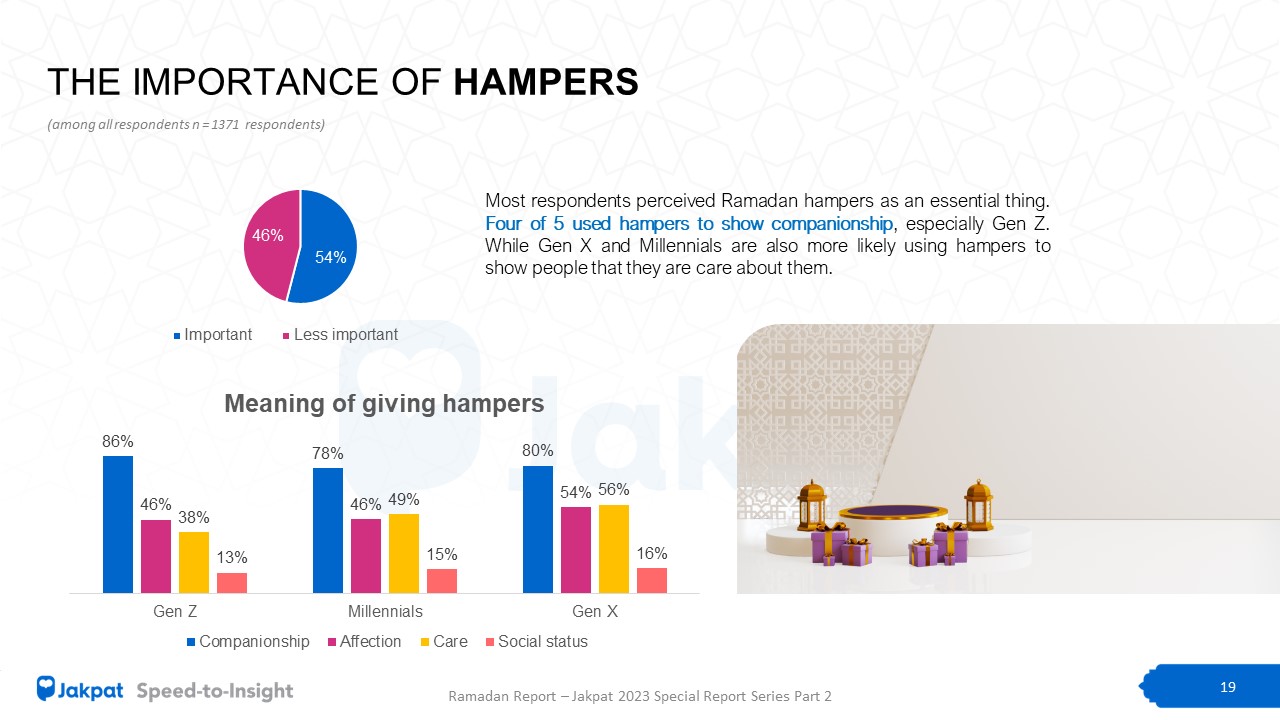Each generation has different consumption behaviors when it comes to maintaining health. This is caused by various factors such as what is consumed to physical activity that is done.
Jakpat conducted a survey to find out the perspectives of Generation X, Generation Y (Millennials), and Generation Z in Indonesia regarding how they maintain health. The report, which involved 600 respondents, shows the consumption of water, sugar, and carbohydrates; exercise habits; and awareness of health risks.
Water VS Sugary Drinks
Only 16% of respondents have the habit of drinking enough water every day. In fact, those who often forget to drink water are twice as much as those who have this healthy habit. This means that awareness of the importance of drinking water in Indonesia is low for all generations.
The results of the Jakpat survey also found that 67% of respondents consumed sugary drinks 1-2 times a day. However, another 15% claimed to be sugar-free. In terms of gender, the percentage of women who adopt a sugar-free lifestyle is twice than men.
In terms of food, rice is still a staple food with more than 60% of respondents consuming this food every day. On the one hand, 16% of respondents admitted to eating fried foods every day.
However, respondents are aware of the importance of healthy and nutritious food. More than half of them have a balanced eating habit by eating vegetables and fruits. Also, 12% of them reduced their carbohydrate intake and 9% checked nutrition labels.
Women also tend to be healthier than men. The survey results showed that women ate a balanced diet (54%) and reduced sugar (30%) and carbohydrates (15%).
Lurking health hazards
Health risks, namely disease, were also of concern to respondents. More than half of Millennials (55%) and Gen X (52%) are wary of cholesterol. Meanwhile, digestive diseases are more of a concern for Gen Z (54%).
In terms of gender, women who are aware of the risk of diabetes, tend to do prevention. As many as 17% of them cut back on sugar, while only 9% of men did the same.
“They realize that these problems are caused by excessive consumption of sugary drinks, lack of mineral water consumption, excessive consumption of carbohydrates, and lack of exercise. The steps they take to overcome this problem are exercising from light to heavy, and also changing the pattern of food and beverage consumption, “said Head of Research Jakpat, Aska Primardi.
The importance of exercise
One in three respondents rated walking somewhere as a form of exercise. Meanwhile, 32% of respondents routinely exercise lightly once a week. As many as 16% did not do physical activity at all.
Get the details on our report here.



